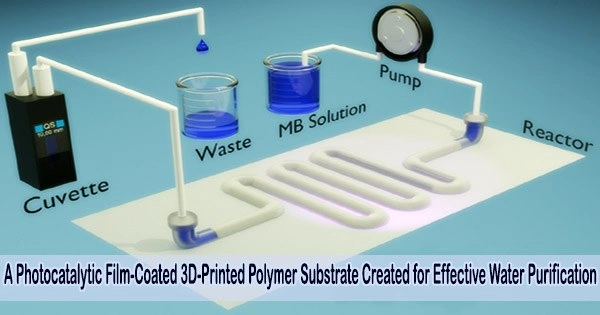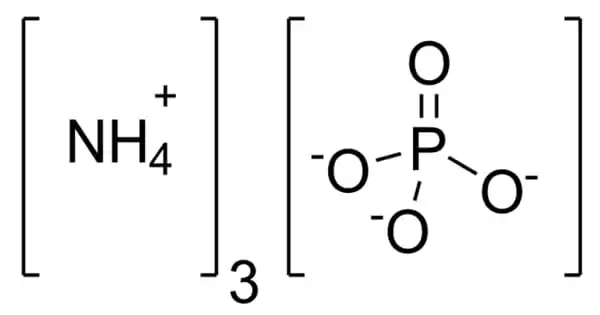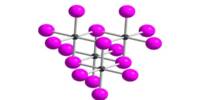A 3D-printed polymer substrate refers to a three-dimensional object created using additive manufacturing techniques, where layers of a polymer material are deposited successively to form the desired shape. This substrate can serve as a base or foundation for various applications.
A research team from the Institute of Oceanology of the Chinese Academy of Sciences (IOCAS) under the direction of Prof. Zhang Dun has created a novel in-situ growth, bismuth oxyiodide (BiOI) film for water filtration on a 3D-printed polymer substrate. The study was published in Separation and Purification Technology on May 4, 2023.
Water purification is the process of removing contaminants from water to make it safe and suitable for various purposes, such as drinking, cooking, and irrigation. It involves several methods and technologies to remove or destroy impurities, including physical, chemical, and biological processes.
The floriform microstructure sheet totally encased the substrate, the researchers discovered. They introduced OH-/I substitution strategy to fabricate iodine-defects engineering BiOI film.
The film exhibits good photocatalytic activity and cyclic stability on photodegrading organic compounds and sterilizing microorganism.
Xu Xuelei
The 3D-printed substrates typically shifted from gloss white to brownish yellow, dark yellow, and light yellow on the surface. This was attributed to a change in band gap brought on by an engineering film with an iodine flaw.
BiOI crystals had iodine gaps added during the film-growing process, which increased the material’s internal electric field and electron density as well as its photoinduced carrier separation and transmission efficiency.
Engineering with iodine flaws in comparison to stoichiometry BiOI, BiOI demonstrated smaller particle size, higher specific surface area, electronegativity, photoelectric sensitivity, and photocatalytic activity.
The researchers proposed that Bi3+ firstly adsorbed on polymers to construct the active grown sites of the film. The films gradually self-assembled into petal-like BiOI films as the time passed. I-‘s high concentration and rapid mobility encouraged the formation of the BiOI film in situ along the crystal plane.
“The film exhibits good photocatalytic activity and cyclic stability on photodegrading organic compounds and sterilizing microorganism,” said Xu Xuelei, first author of the study.
















